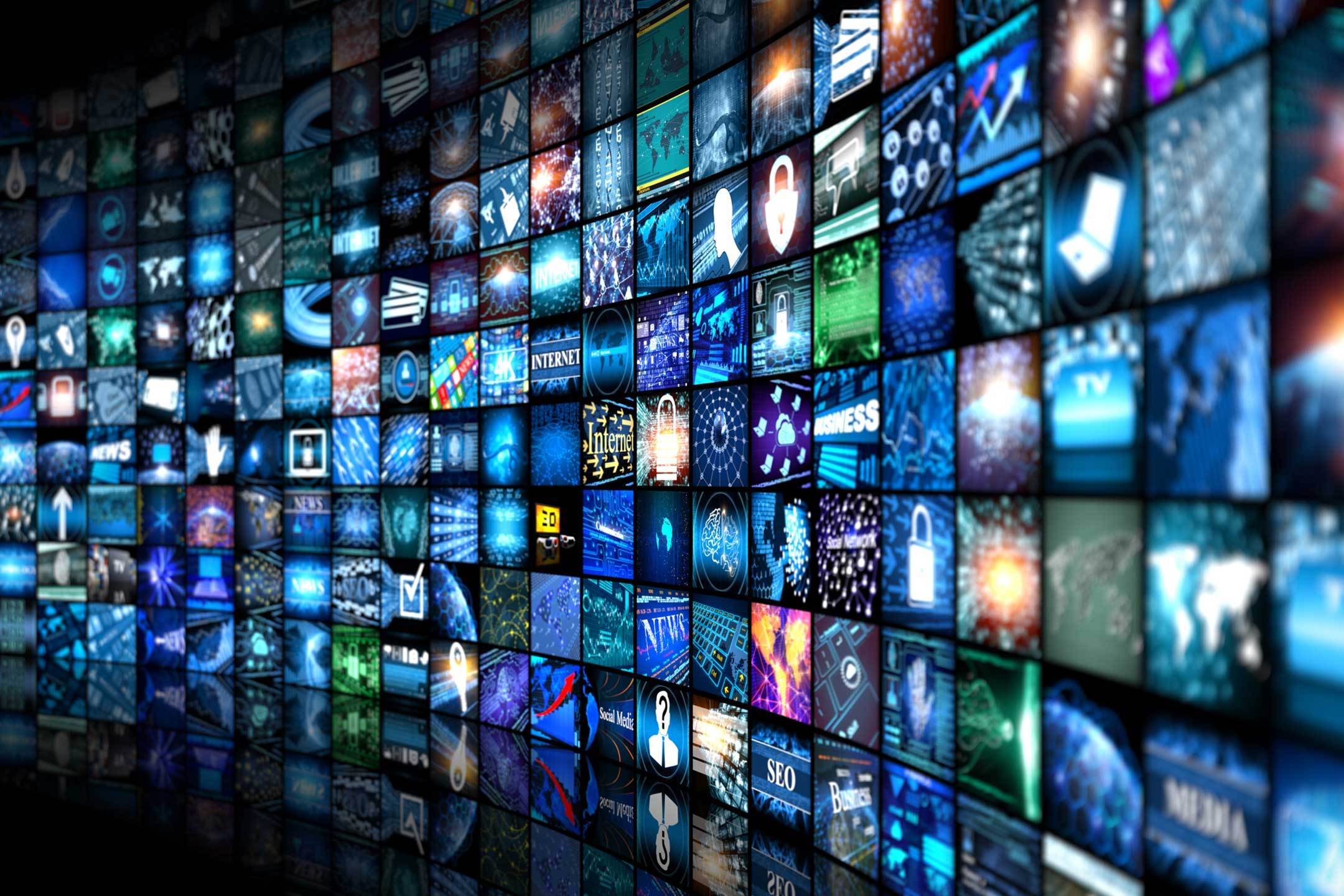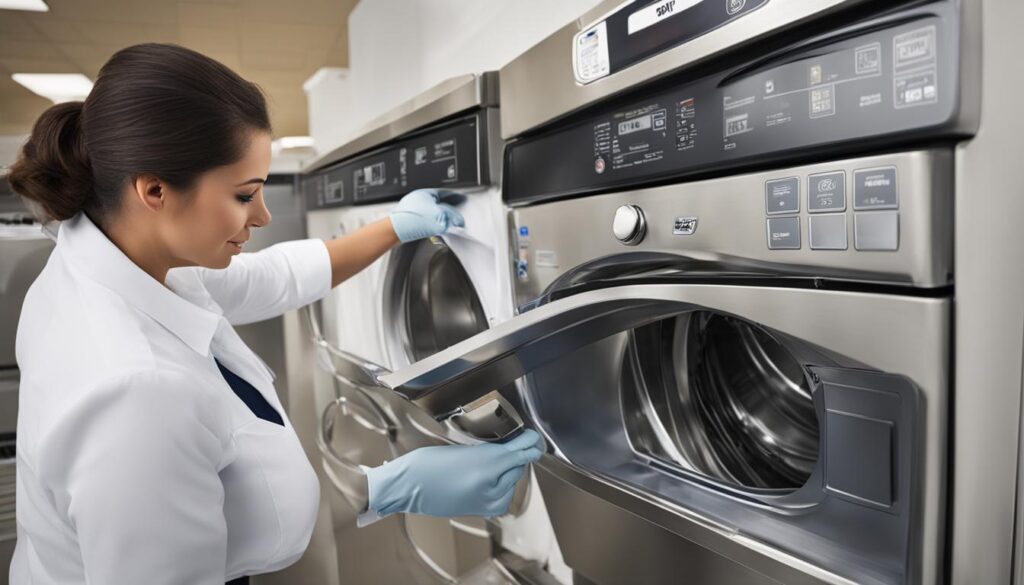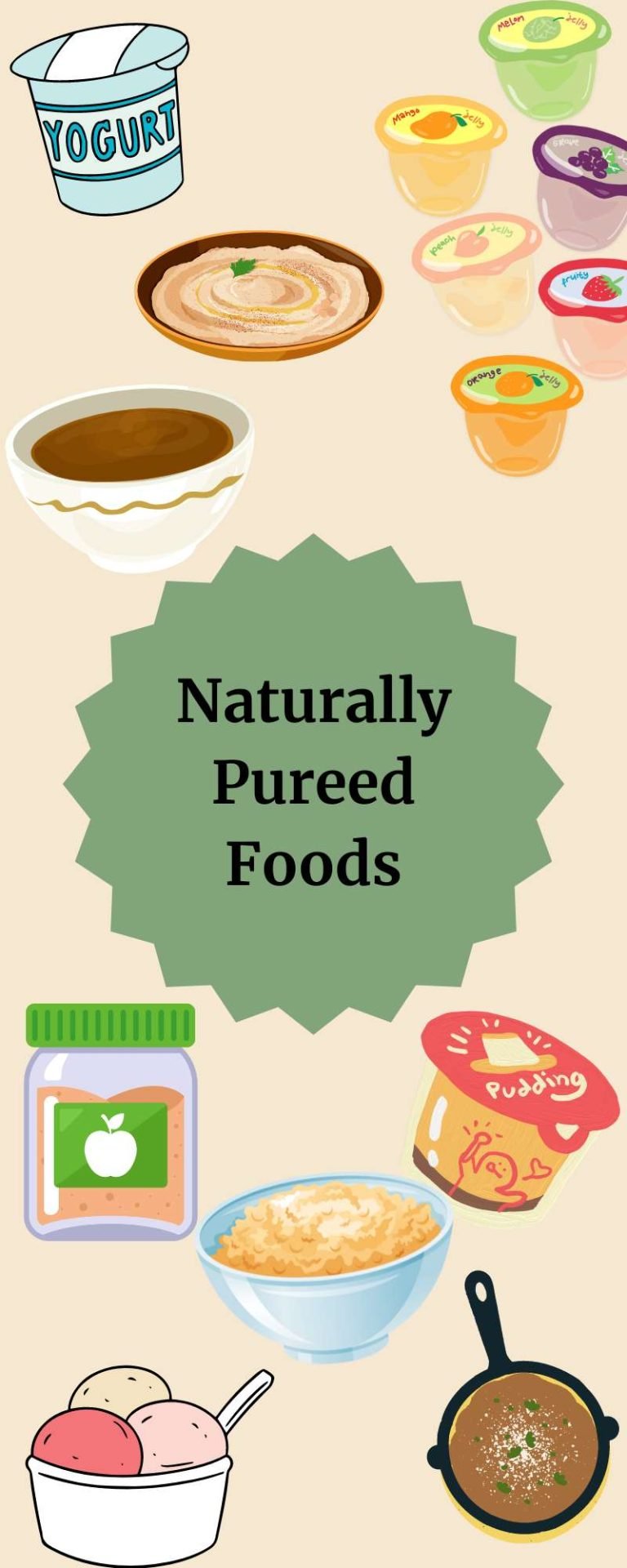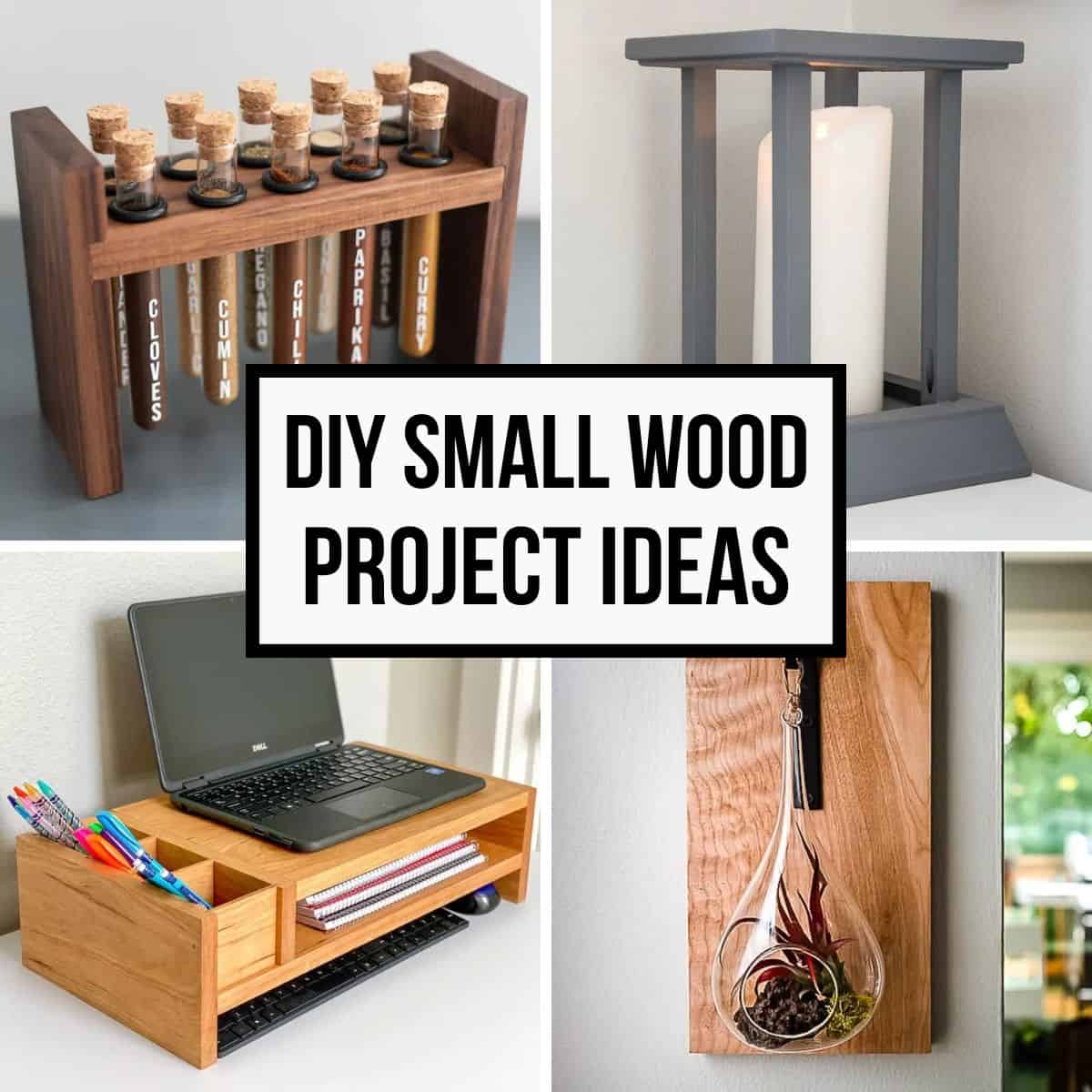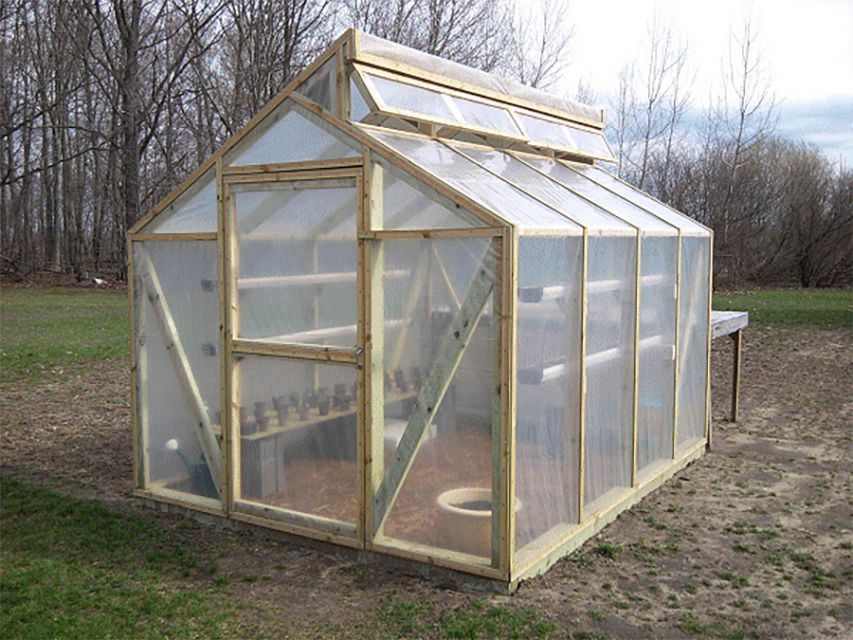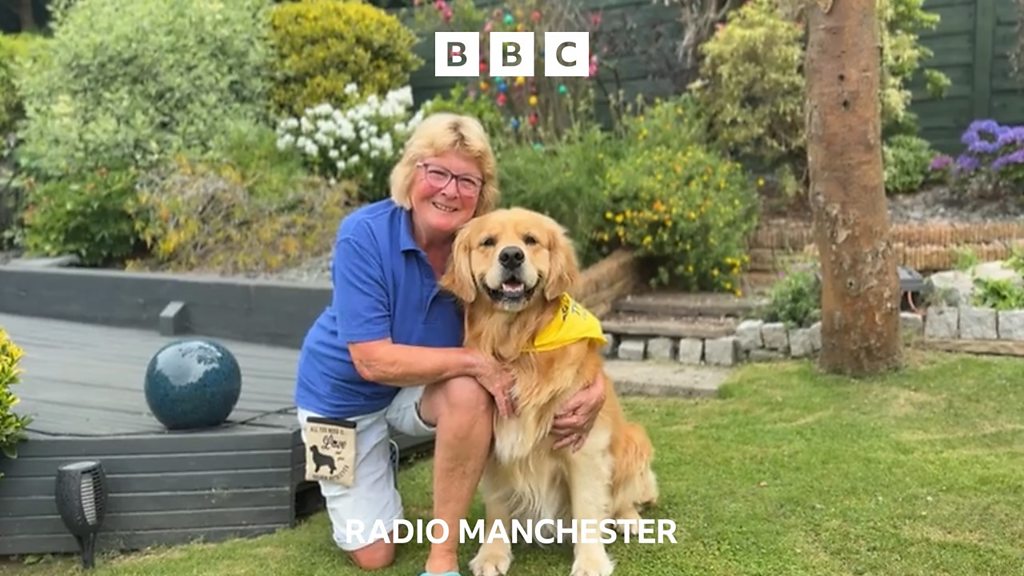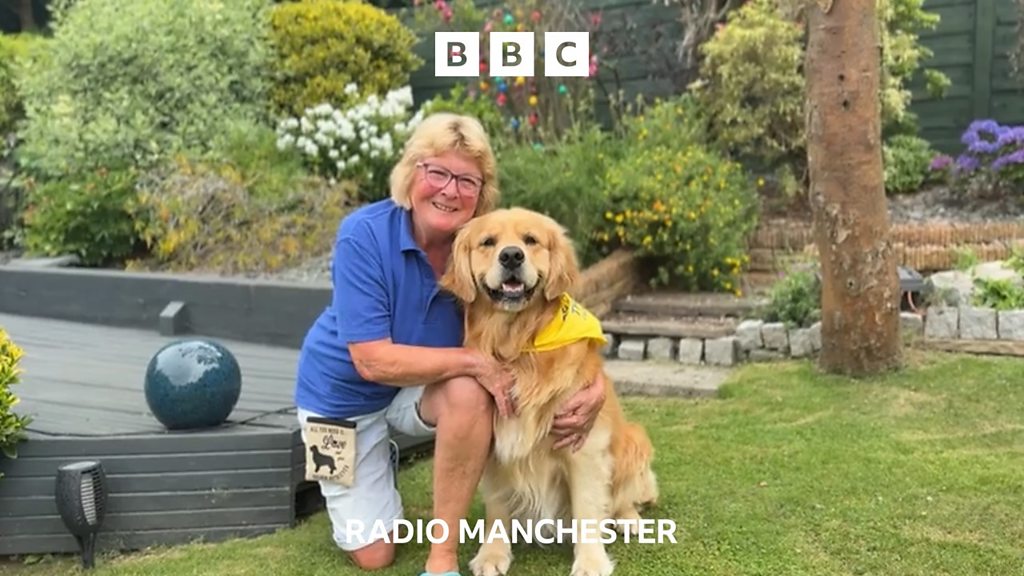DIY Colors on LED Lights: Troubleshooting and Creating Custom Colors
Understand DIY colors on LED lights
LED lights have revolutionized home lighting with their energy efficiency, longevity, and color change capabilities. Many led systems advertise DIY color features, but users oftentimes encounter difficulties when attempt to create custom colors. This comprehensive guide explain why you might face challenges with DIY colors and provide solutions for successfully customize your lead lighting experience.
Common reasons why you can’t create dDIYcolors on lLEDlights
Hardware limitations
Not all LED lights are created equal. The ability to create custom colors depend importantly on the hardware capabilities of your specific led system:
- Basic RGB systems: Entry level LED lights typically offer only preset color options with no customization features.
- Limited color spectrum: Some systems advertise customization but exclusively within a narrow range of the color spectrum.
- Insufficient color mixing: Lower quality LEDs may lack the precise color mix technology need for accurate DIY colors.
Software restrictions
The control software or app connect to your LED system may impose limitations:
- Locked features: Some manufacturers restrict DIY color creation to premium subscription tiers or higher end models.
- App compatibility issues: Outdated apps or firmware can prevent access to DIY color features that technically exist in your hardware.
- User interface problems: Indisposed design interfaces may make DIY color features difficult to locate or use efficaciously.
Controller compatibility
The controller is the bridge between your commands and the LED lights:
- Basic controllers: Simple remote controllers typically offer exclusively preset colors without customization options.
- Protocol limitations: Some controllers use protocols that don’t support the full RGB color spectrum need for DIY colors.
- Memory constraints: Limited memory in controllers can restrict the number of custom colors you can save.
Verify DIY color capability
Before attempt to create custom colors, confirm whether your LED system really support this feature:
Check product specifications
Review your lead light’s packaging, manual, or online specifications for these key indicators:
- Look for terms like” rRGBw, ” gRGBW”” ” ” +RGB CCT” h indicate advanced color mixing capabilities
- Search for explicit mentions of” custom colors, ” iDIYode, “” ” ” or picker ” f” ure
- Verify if the product support 16 million+ colors (full rRGBspectrum )or scarce a limited selection
App investigation
If your LED lights connect to a smartphone app:
- Check for app updates that might unlock additional features
- Look for sections label” dDIY ” ustom, “” eate, ” ” ” c” r lab ” wi” n the app
- Review app store ratings and comments for mentions of DIY color functionality
Manufacturer support
When in doubt, contact the manufacturer now:
- Ask specifically about DIY color creation capabilities for your model
- Inquire about potential firmware updates that might enable this feature
- Request step-by-step instructions for access DIY color mode
How to use DIY mode on compatible lead lights
If you’ve confirmed youLEDed system supporDIYiy colorsHerara’s how to access and use this feature across different control methods:
Use smartphone apps
Most modern led systems use dedicated apps that offer the almost comprehensive DIY color options:
- Launch the app: Open your lead light’s control app and ensure your lights are connected.
- Locate DIY section: Look for a tab, button, or menu option label” dDIY ” ustom, “” ” ” ate. ”
- Access color tools: Most apps offer either a color wheel, RGB sliders, or both.
- Save your creation: After design your color, look for a save or favorite option to store it for future use.
Popular led apps like magic home, over home, or pPhilips Huetypically place the dDIYcolor feature in a clear label section, though the exact location vvariesby manufacturer.
Use remote controllers
Some lead systems with physical remotes offer limited DIY capabilities:
- Find DIY button: Look for a button label” dDIY ” ustom, “” sometimes number buttons ( 1( ) d)ignate for custom colors.
- Enter DIY mode: Press the DIY button to enter custom color mode.
- Adjust colors: Use the brightness and color buttons to modify the current color.
- Save settings: Press and hold the DIY button (or the designate number button )until the lights flash, indicate the color has been sasafe
Remote base DIY features are typically more limited than app base options but can ease provide basic customization.
Use wall controllers
Wall mount led controllers sometimes offer DIY functionality:
- Access menu: Press and hold the main button or use the menu button to cycle through options.
- Select DIY mode: When you see” dDIY” r “” stom ” ” the display ( if(vailable ), s)ect it.
- Adjust parameters: Use the available buttons or dials to modify red, green, and blue values.
- Confirm selection: Press the main button or dedicated save button to store your custom color.
Create DIY colors on LED lights: step-by-step guide
Once you have access thDIYiy feature, here’s how to create custom colors efficaciously:
Understand RGB color mixing
All lead colors are created by mix three primary colors:
- R (red ) Values typically range from 0 255, with 255 being maximum red intensity
- G (green ) Values typically range from 0 255, with 255 being maximum green intensity
- B (blue ) Values typically range from 0 255, with 255 being maximum blue intensity
By adjust these three values, you can theoretically create any color in the visible spectrum. For example:
- Pure red: r=255, g=0, b=0
- Pure green: r=0, g=255, b=0
- Pure blue: r=0, g=0, b=255
- Yellow: r=255, g=255, b=0
- Purple: r=255, g=0, b=255
- Teal: r=0, g=255, b=255
- White: r=255, g=255, b=255
Use color wheels
Many led apps feature an intuitive color wheel interface:

Source: zyhomy.com
- Tap or drag: Touch the desire color on the wheel to select it.
- Adjust saturation: Most color wheels include an inner circle or separate slider to adjust color saturation (intensity )
- Modify brightness: Use the brightness slider (normally separate )to make the color darker or brighter.
- Fine tune: Some apps allow you to tap and hold for more precise color selection.
Use RGB sliders
For more precise control, RGB sliders offer direct manipulation of color values:
- Locate sliders: Find the section with three separate sliders for red, green, and blue.
- Adjust values: Move each slider to increase or decrease the intensity of that color component.
- Observe preview: Watch the color preview change as you adjust the sliders.
- Note values: Consider record successful RGB combinations for future reference.
Create color recipes
Here are some popular custom color” recipes ” o try with your rgRGBliders:
- Soft pink: R=255, g=180, b=180
- Lavender: R=180, g=120, b=255
- Mint green: R=150, g=255, b=150
- Sky blue: R=135, g=206, b=235
- Warm white: R=255, g=223, b=170
- Cool white: R=220, g=220, b=255
- Sunset orange: R=255, g=130, b=0
Save and organizing custom colors
To make the most of your DIY colors:
- Name your colors: Give descriptive names to your custom colors for easy identification.
- Create collections: Many apps allow you to organize colors into themes or rooms.
- Set favorites: Mark your nigh use colors as favorites for quick access.
- Share creations: Some apps allow share color schemes with friends or community members.
Troubleshoot DIY color issues
If you’re having trouble witDIYiy colors on compatible systems, try these solutions:
App relate problems
- Update the app: Ensure you’re use the latest version of your LED control app.
- Reinstall: Uninstall and reinstall the app to resolve potential corruption issues.
- Clear cache: Clear the app’s cache data in your device settings.
- Check permissions: Verify the app has all necessary permissions enable.
Connection issues
- Bluetooth range: Move snug to your LED controller if you Bluetoothooth.
- Wi-Fi stability: Ensure your Wi-Fi connection is stable if you Wi-FiiLEDsleds.
- Restart controller: Power cycle your lead controller by unplug it for 10 seconds.
- Reset network: Try to reset your home network if multiple devices have connection issues.
Hardware limitations
- Color accuracy: Lower quality LEDs may not reproduce colors precisely as show in the app.
- Brightness impact: Some colors appear otherwise at various brightness levels.
- Controller capacity: Some controllers can just store a limited number of custom colors.
Alternative solutions for DIY color creation
If your current led system doesn’t support DIY colors, consider these alternatives:
Upgrade your system
Consider invest in a more capable led system:
- Advanced controllers: Replace your basic controller with a more feature rich model that support DIY colors.
- Smart hubs: Systems like Philips Hue, life, or over offer extensive color customization options.
- RGBW systems: Look for RGB+warm white+cool white systems for the widest color range.
Third party control solutions
External apps and devices can sometimes unlock additional features:
- Universal lead apps: Apps like home assistant or led can control many led systems with expand features.
- Smart home integration: Connect your LEDs to platforms like google home, Amazon Alexa, or Apple Homekit for additional control options.
- DIY controllers: For technically incline users, Arduino or Raspberry Pi base controllers offer unlimited customization.
Color presets as alternatives
If true DIY isn’t possible, make the most of available presets:
- Scene modes: Many led systems offer preset” scenes ” hat cycle through complementary colors.
- Music sync: Sound reactive modes can create dynamic lighting effects that respond to music or ambient sound.
- Preset combinations: Quick switch between two presets can sometimes create the illusion of a custom color.
Advanced DIY color techniques
For users with full compatible systems, these advanced techniques can enhance your custom lighting experience:
Color temperature adjustment
Beyond basic RGB, some systems allow fine-tuning of color temperature:
- Kelvin scale: Adjust from warm (2700 k )to cool ( (00 k ) )ite light.
- White balance: Modify the underlie white balance to change how colors appear.
- CCT control: Systems with correlated color temperature control offer more natural lighting options.
Dynamic color creation
Create evolve color experiences:

Source: zyhomy.com
- Color flows: Program smooth transitions between multiple custom colors.
- Time base changes: Schedule different custom colors for different times of day.
- Gradient effects: Create custom color gradients across multiple light strips or bulbs.
Color matching
Match your LED lights to specific colors in your environment:
- Color picking tools: Some advanced apps include camera base color pick to match real world objects.
- Hex code input: Enter specific hexadecimal color codes for perfect matching.
- Brand colors: Recreate specific brand colors use their publishiRGBrgb values.
Conclusion
DIY color creation on LED lights depend on have compatible hardware, software, and controllers. While not all led systems support true color customization, those that do offer a world of creative lighting possibilities. By understand the capabilities of your specific system and follow the techniques outline in this guide, you can maximize your LED lighting experience and create personalized colors that absolutely complement your space.
Remember that lighting technology continue to evolve, with newer systems offer progressively sophisticated color customization options. If DIY colors are important to you, consider upgrade to a system specifically design with this capability in mind. With the right tools and techniques, you can transform any space with exactly the colors you envision.
MORE FROM hotondeals.com
